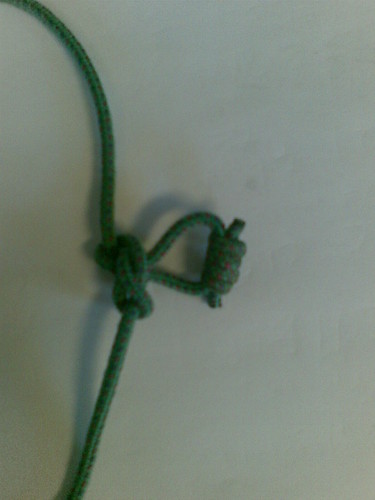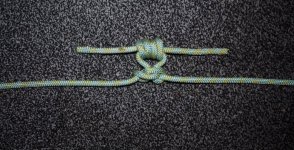P
Paul_L
Guest
Downer said:Been playing with an AB. If you repeatedly unload it and then load it again, albeit only with hand forces, it seems to work loose very easily. With a bit of twist in the rope a hitch (?) can come off the knot and flip over the loop, effectively undoing the whole thing. Or, with a bit of wiggling, the whole loop looks like it wants to pull through the knot leaving nothing but the DF. Is this anything to worry about?
It is possible for this knot to fail if it is loaded and unloaded if it hasn't been tightened properly, which it will be as soon as it is passed by the rigger.
In this use it wouldn't be a problem if it did fail as the double fishermans in the loop would still be sufficient but a bugger to undo!





